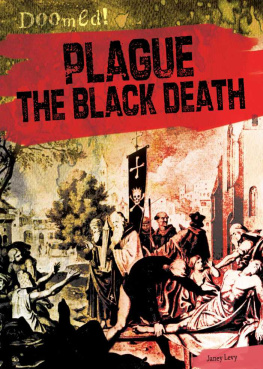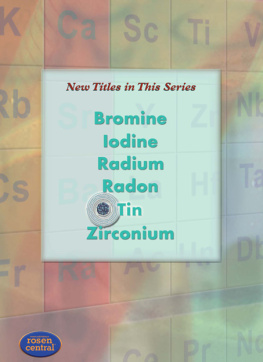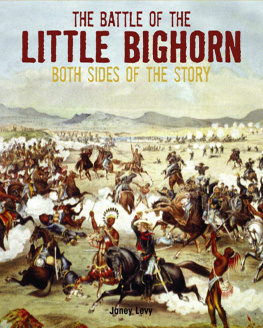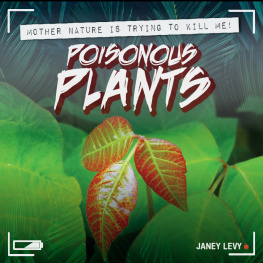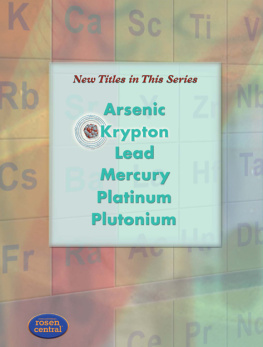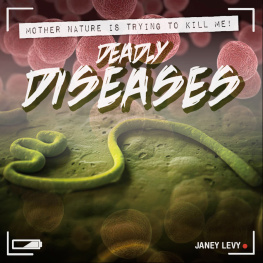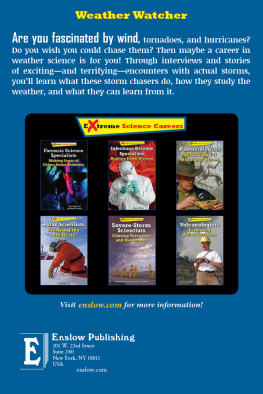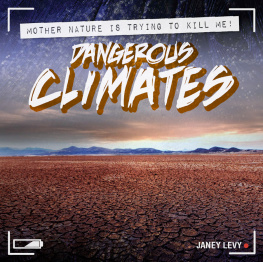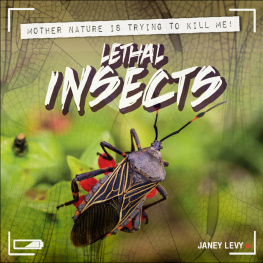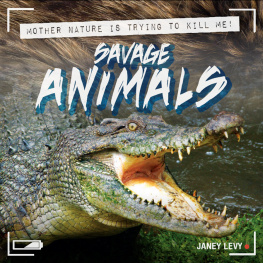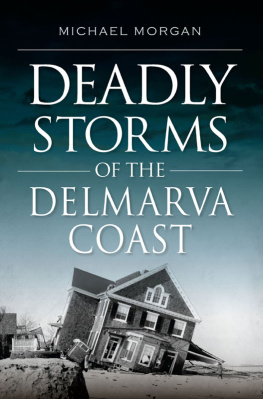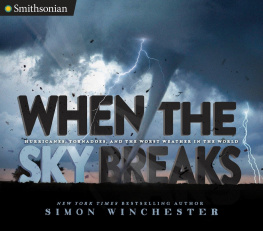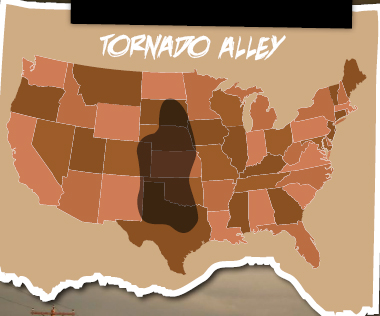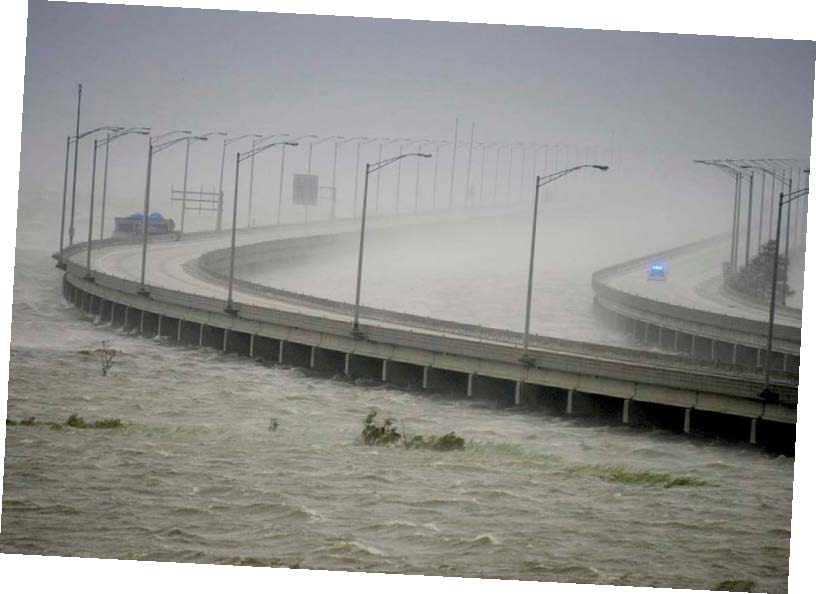Please visit our website, www.garethstevens.com. For a free color catalog of all our high-quality books, call toll free 1-800-542-2595 or fax 1-877-542-2596.
Library of Congress Cataloging-in-Publication Data
Names: Levy, Janey, author.
Title: Devastating storms / Janey Levy.
Description: New York : Gareth Stevens Publishing, [2020] | Series: Mother nature is trying to kill me! | Includes bibliographical references and index.
Identifiers: LCCN 2018045887| ISBN 9781538239667 (pbk.) | ISBN 9781538239681 (library bound) | ISBN 9781538239674 (6 pack)
Subjects: LCSH: Severe storms--Juvenile literature. | Natural disasters--Juvenile literature.
Classification: LCC QC941.3 .L48 2020 | DDC 551.55--dc23
LC record available at https://lccn.loc.gov/2018045887
First Edition
Published in 2020 by
Gareth Stevens Publishing
111 East 14th Street, Suite 349
New York, NY 10003
Copyright 2020 Gareth Stevens Publishing
Designer: Sarah Liddell
Editor: Monika Davies
Photo credits: Cover, p. 1 sdecoret/Shutterstock.com; background used throughout, p. 21 Sabphoto/Shutterstock.com; p. 4 StevenKingArt/Shutterstock.com; p. 5 Pritha Photography/Shutterstock.com; p. 7 John D Sirlin/Shutterstock.com; p. 9 (main) Dan Ross/ Shutterstock.com; p. 9 (inset) ekler/Shutterstock.com; p. 11 (main) Brian Nolan/ Shutterstock.com; p. 11 (inset) Tad Denson/Shutterstock.com; p. 13 Shay Murphy Photography/Moment/Getty Images; p. 15 (main) ArtBitz/Shutterstock.com; p. 15 (inset) Irina Mos/Shutterstock.com; p. 17 STR/Stringer/AFP/Getty Images; p. 19 (main) fgwim/ Shutterstock.com; p. 19 (inset) Everything I Do/Shutterstock.com.
All rights reserved. No part of this book may be reproduced in any form without permission in writing from the publisher, except by a reviewer.
Printed in the United States of America
CPSIA compliance information: Batch #CS19GS: For further information contact Gareth Stevens, New York, New York at 1-800-542-2595.
SAVAGE STORMS
Everyone deals with ordinary storms from time to time. Maybe its been raining, and youve played inside instead of outside. Or, perhaps youve had school called off because some snow has fallen. But storms can also turn deadly!
Killer storms can bring powerful winds, torrential rain, and heavy flooding. These storms may include snow, ice, or dust. Sometimes, a deadly storm appears suddenly. Other times, there are warnings that a storm is comingbut that doesnt make it any less dangerous.

SOME KILLER STORMS ARE HUGE IN SIZE AND LEAVE DEATH AND DAMAGE OVER A LARGE AREA. OTHER STORMS MAY BE SMALLER, BUT THE HARM THEY CAUSE IS NO LESS REAL.
TERRIBLETHUNDERSTORMS
Thunderstorms are rainstorms with thunder and lightning. Theyre extremely common. Its believed 16 million thunderstorms occur worldwide each year!
However, that doesnt mean these storms arent deadly. Lightning is a powerful form of electricity that can cause fires, blast apart trees, and kill people if it strikes them. A thunderstorms strong winds can knock down trees and power lines. And, some thunderstorms include balls of ice called hail, which can damage property and kill livestock.
THE FORCE OF NATURE
A thunderstorm is considered severe, or very bad, if there is a tornado, if ithas hail measuring at least 1 inch (2.5 cm), or if there are wind speeds of at least 57.5 miles (92.5 km) per hour.
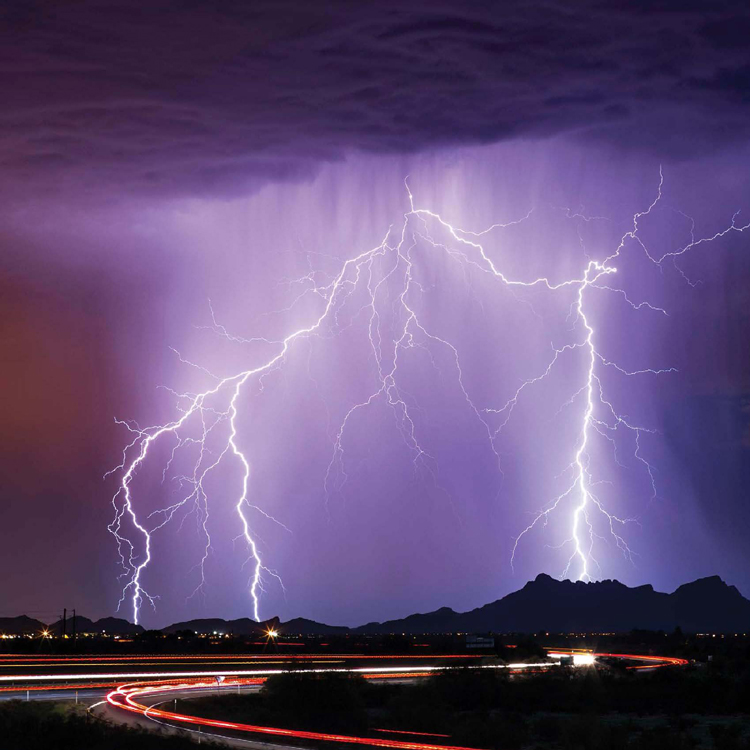
YOU MIGHT THINK YOURE SAFE FROM GETTING STRUCK BY LIGHTNING IF A THUNDERSTORM IS FAR AWAY. HOWEVER, LIGHTNING CAN STRIKE 10 TO 15 MILES (16 TO 24 KM) AWAY FROM A THUNDERSTORM!
TORMENTINGTORNADOES
In United States, the central southern plains area is known as Tornado Alley. Every year, many dangerous tornadoes strike this region. But dont think youre safe if you live somewhere else. Tornadoes occur in other places, too!
A tornado grows out of a thunderstorm. Its a powerfully spinning column of air that reaches from a cloud to the ground. At its worst, a tornado can pull up trees, completely destroy buildings, and turn cars into deadly flying objects.
THE FORCE OF NATURE
Its tricky for scientists to measure wind speed in a tornado. However, the highest wind speed ever measured in a tornado was 318 miles (512 km) per hour in Oklahoma in 1999!
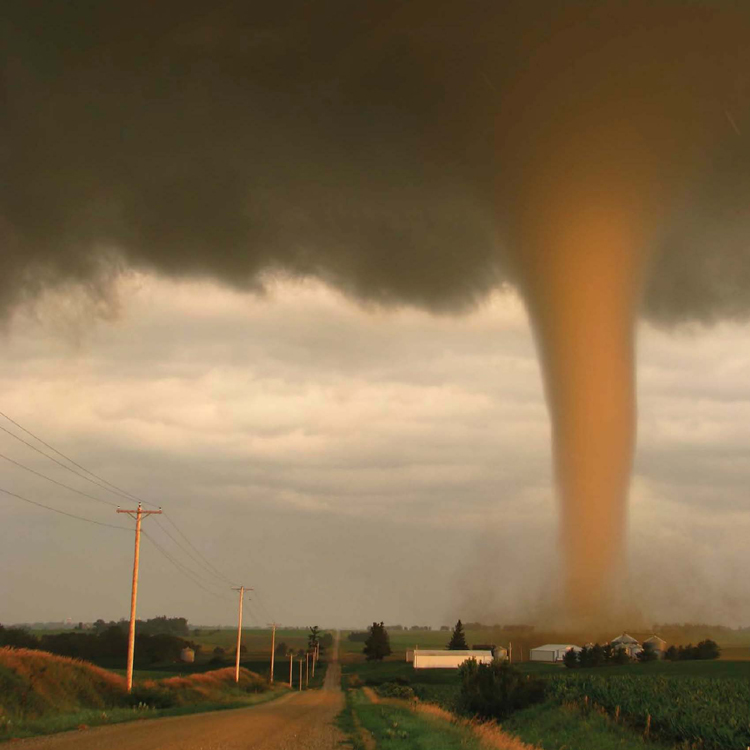
ITS VERY HARD FOR SCIENTISTS TO GUESS WHEN A TORNADO WILL HAPPEN. SCIENTISTS DONT REALLY UNDERSTAND WHY TORNADOES FORM IN SOME THUNDERSTORMS AND NOT IN OTHERS.
HORRIBLEHURRICANES
Hurricanes are powerful tropical storms that start over the ocean and move over land. Theyre common in the southeastern part of the United States. In some places, hurricanes are called typhoons or tropical cyclones. No matter what theyre called, these storms are deadly.
Hurricanes have strong, spinning winds that often destroy buildings and bring down trees. They can cause storm surges, or the very high rising of ocean water during a storm. These walls of ocean water come onto land,causing flooding.
THE FORCE OF NATURE
Hurricane wind speeds canrange from 74 miles (119 km) to over 157 miles (253 km) per hour!
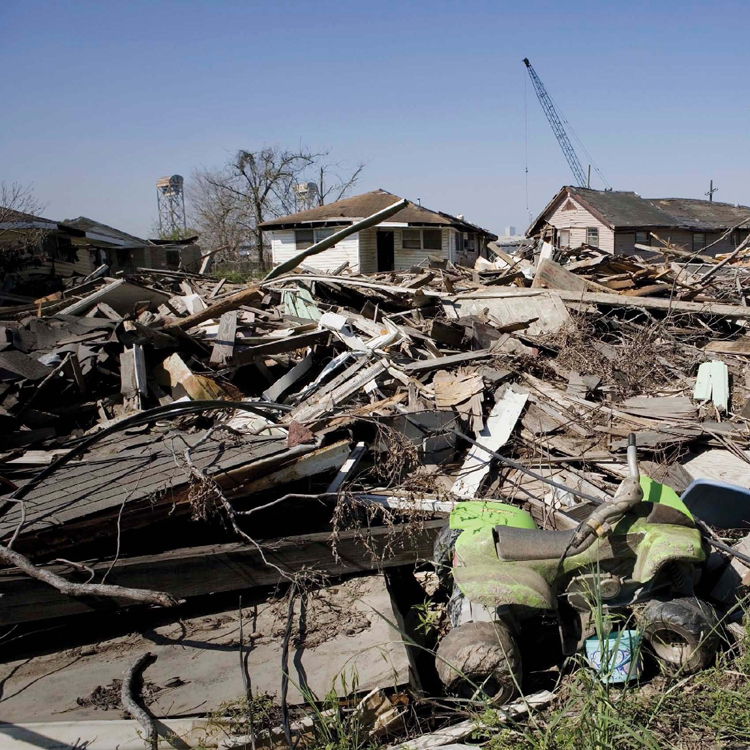
IN 2005, HURRICANE KATRINA HIT NEW ORLEANS, LOUISIANA, AND CAUSED MORE THAN 1,800 DEATHS IN THE STATE. FLOODING FROM THE HURRICANE ALSO DESTROYED MANY HOMES.
BEASTLYBLIZZARDS
In the winter, you may enjoy playing in the snow. But dealing with a blizzard is no fun and can even be dangerous!
A blizzard is a winter storm with powerful winds and cold temperatures. For a winter storm to be a blizzard, snow doesnt have to be falling. It just has to be blowing aroundhard! This makes it tough for people to see, which can lead to car crashes. During a blizzard, people can also get snowed in with little food or heat.
THE FORCE OF NATURE
A blizzard has winds blowing atleast 35 miles (56 km) per hour and visibility under 0.25 miles (0.4 km). These conditions have to last for at least 3 hours.
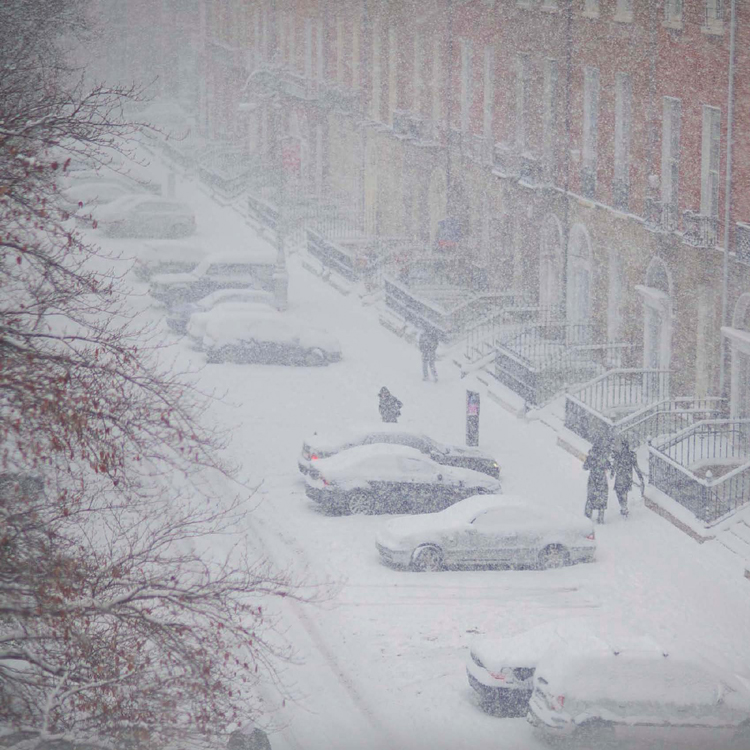
DURING A BLIZZARD, ITS OFTEN SAFER TO STAY INSIDE YOUR HOUSE. IF YOU HEAD OUTSIDE, YOU COULD GET LOST IN THE BLINDING SNOW AND FREEZE TO DEATH IN THE COLD CONDITIONS.


